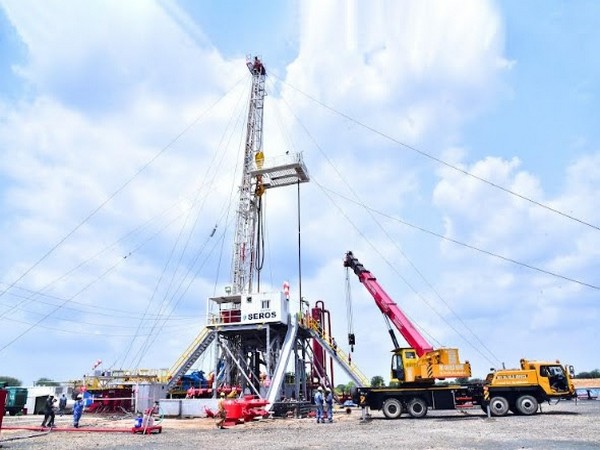India's Geothermal Energy: A Path to Sustainable Energy Independence
As a rapidly evolving nation, India seeks sustainable energy solutions. Geothermal energy, with its immense untapped potential, emerges as a crucial component. Drawing inspiration from Kenya, India could unlock a greener, self-reliant future through strategic investments and innovations in geothermal technologies.

- Country:
- India
Mumbai, Maharashtra [India], July 27 (NewsVoir): India, a fast-developing nation, is on an ambitious quest for energy independence. The focus is increasingly on clean, reliable, and sustainable energy sources, and geothermal energy stands out for its immense potential and numerous benefits, according to Ashish Agarwal, MD & CEO at Seros. With vast untapped geothermal resources, this energy source could play a pivotal role in achieving energy independence and a greener future.
Geothermal energy production taps into the Earth's natural heat reservoirs through drilling wells into underground pools of steam and hot water. This thermal energy drives turbines connected to generators, producing electricity. There are three primary methods of geothermal energy production, tailored to different geological conditions.
Dry Steam Power Plants pipe steam directly from underground reservoirs to power turbines, generating electricity efficiently. Flash Steam Power Plants utilize geothermal reservoirs with water temperatures over 182°C. When the superheated water ascends, pressure drops, causing water to flash into steam that powers turbines. Binary Cycle Power Plants cater to regions with lower temperature resources, using heat from hot water to boil a secondary fluid that drives turbines.
Beyond electricity generation, geothermal energy is used in heating and cooling buildings through geothermal heat pumps. These systems use underground pipes to leverage the Earth's stable temperature, further underscoring its versatility.
Geothermal energy is exceptionally clean, emitting minimal greenhouse gases and pollutants compared to fossil fuels. It offers reliability and consistency, capable of generating electricity around the clock, unlike weather-dependent solar or wind power. Its smaller land footprint and minimal visual impact also make it suitable for densely populated countries like India.
Kenya's successful geothermal journey serves as a model. The country, leveraging its vast geothermal resources in the Great Rift Valley, achieved significant energy advancements. With an installed capacity of approximately 891.8 MW as of 2023, geothermal energy accounts for 29% of Kenya's total power generation capacity. The reliable and affordable electricity has boosted local economies, enhanced public health, and reduced carbon footprints.
India, with an estimated 10 GW potential identified by the Geological Survey of India, stands at a crucial juncture. While high upfront costs, technical challenges, and regulatory hurdles have slowed progress, the potential benefits make it a worthwhile pursuit. Prioritizing exploration, investment, and public awareness, along with developing skilled workforces and efficient regulations, can help overcome these obstacles.
India has the opportunity to turn its geothermal potential into reality. By learning from Kenya and investing strategically, India can advance towards a sustainable and secure energy future, aligning with its goals of energy independence and environmental stewardship.
(With inputs from agencies.)
ALSO READ
L'Oréal India's Renewable Energy Milestone: Transforming Operations for a Sustainable Future
L'Oreal India Reaches 100% Renewable Energy Milestone
Reforms to Accelerate Renewable Energy Development and Electrification
Germany's Far-Right AfD Party Targets Renewable Energy in Election Campaign
IREDA to Raise Rs 4,500 Crore for Renewable Energy Projects










